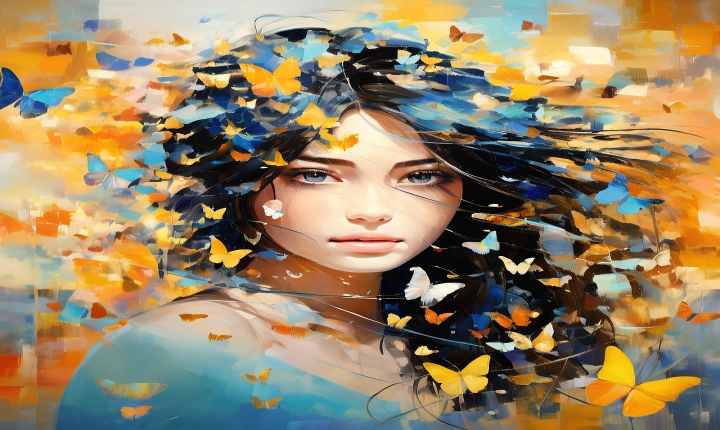Artificial intelligence (AI) has become an integral part of our society, revolutionizing many aspects of our lives. From chatbots to self-driving cars, AI has significantly impacted various industries. However, one of the more surprising consequences of AI’s advancement is its potential for stealing art.
The process of AI stealing art involves using sophisticated algorithms to create replicas or derivative works of existing art without the permission of the original artists. This raises significant ethical and legal concerns, as well as questions about the ownership and value of the art produced.
One prominent example of AI stealing art is the case of the painting titled “Edmond de Belamy,” which sold for $432,500 at a Christie’s auction in 2018. This painting was created by an AI algorithm developed by the art collective Obvious, which used a type of AI called a Generative Adversarial Network (GAN) to create the artwork. The GAN was trained on a dataset of historical portraits and then generated its own interpretation of a portrait, which resulted in “Edmond de Belamy.”
This case sparked significant debate within the art world about the implications of AI-generated art and its potential impact on the value of traditional artistic works. While some argued that AI-generated art should be considered a new art form in its own right, others raised concerns about the ethical and legal ramifications of using AI to replicate or mimic existing artworks.
One of the key ways AI steals art is through the process of “style transfer.” Style transfer involves using AI algorithms to apply the visual style of one image or artwork to another. This can result in the creation of derivative works that closely resemble the original art, raising questions about the ownership and copyright of the resulting pieces.
Another method through which AI steals art is through the use of image recognition and machine learning algorithms to analyze and replicate existing artworks. By training AI models on vast datasets of art, these algorithms can learn to mimic the style, composition, and subject matter of famous works, effectively creating copies or imitations of the original art.
While the creation of art by AI raises complex ethical and legal questions, it also presents opportunities for creativity and innovation. Some artists and technologists are exploring the potential of AI as a creative tool, using it to generate new and unique artworks that push the boundaries of traditional artistic practice.
Additionally, the rise of AI-generated art has led to discussions about the nature of creativity, authorship, and the role of the artist in the artistic process. As AI continues to develop and evolve, it is likely that these discussions will become increasingly relevant to the art world and society as a whole.
In conclusion, AI has the potential to steal art through the use of sophisticated algorithms and machine learning techniques to create replicas or derivative works of existing art. This raises significant ethical and legal concerns, as well as questions about the ownership and value of the art produced. As AI continues to develop, it is essential for the art world and society to grapple with these complex issues and consider the implications of AI-generated art on the future of artistic expression.
